Anduril Industries has just unveiled its groundbreaking Bolt family of autonomous drones, marking a significant leap in military technology. This new lineup introduces two distinct models: the Bolt for intelligence, surveillance, and reconnaissance (ISR), and the Bolt-M for precision strike capabilities. Both drones are poised to transform battlefield operations with their advanced AI and versatile design.
The Bolt: Elevating ISR Capabilities
The base Bolt model is engineered for man-packable ISR and Search and Rescue operations. It’s a sophisticated platform that provides ground forces with real-time aerial intelligence without requiring specialized operators.
Key features of the Bolt include:
- Vertical takeoff and landing (VTOL) capability for operation in confined spaces
- Compact, man-portable design for easy transport in backpacks
- Advanced sensors for day and night operations, including EO/IR camera modes
- Extended flight time for prolonged surveillance missions
- AI-powered autonomous navigation and object tracking
“Bolt is designed for ease of operation and rapid deployment in a man-portable package,” Anduril states. This focus on usability could be a game-changer for small units needing quick, reliable aerial intelligence.
The Bolt’s ability to switch between electro-optical (EO) and infrared (IR) modes makes it a versatile asset for round-the-clock operations. Whether it’s daylight reconnaissance or nighttime search and rescue, the Bolt is equipped to handle diverse mission profiles.
The Bolt-M: Precision Strike Redefined
Building on the Bolt’s capabilities, the Bolt-M adds a lethal dimension to the package. This AI-powered attack drone is set to revolutionize tactical operations with its combination of intelligence and firepower.
The Bolt-M boasts:
- Up to three pounds of munition payload capacity
- 20 kilometer operational range
- Over 40 minutes of flight endurance
- AI-enabled autonomous target tracking and engagement
- Compatibility with various warheads for mission flexibility
“Bolt-M is equipped with advanced onboard AI/ML software to automate the flight behaviors required to find, track, and strike dynamic targets,” Anduril explains.
This level of autonomy could significantly reduce the cognitive load on operators in high-stress combat situations.
One of the most innovative features of the Bolt-M is its target-agnostic object tracking. An operator can draw a bounding box around any visual target, and the Bolt-M will autonomously follow it. This means troops can respond to new, unexpected threats in real-time, adapting to the ever-changing dynamics of modern warfare.
Designed for the Modern Battlefield
Both Bolt variants prioritize ease of use and rapid deployment, reflecting Anduril’s understanding of the fast-paced nature of modern combat. They can be unpacked and airborne in under five minutes – a crucial factor when every second counts.
The drones feature:
- Autonomous waypoint navigation for hands-off flight planning
- Customizable standoff distances and engagement modes
- Tool-less battery swapping for quick turnaround between missions
- Robust physical and software safety features, including an electronic safe and arm device (ESAD)
Operator-Friendly Interface
Anduril has clearly prioritized usability in the Bolt family. The ground control station (GCS) is optimized for simplicity, integrating training, simulation, weapons integration, and mission planning into a handheld touchscreen interface.
“Bolt allows operators to manage complex tasks rather than focusing on basic navigation,” Anduril states.
This focus on user experience could be a major advantage in high-stress combat situations where cognitive overload is a real concern.
The GCS also allows operators to specify engagement angles and standoff positions, ensuring the most effective approach for each unique situation. This level of control, combined with the drone’s autonomous capabilities, strikes a balance between human decision-making and AI assistance.
Marine Corps Takes Notice
The U.S. Marine Corps has already shown significant interest in the Bolt family, particularly the Bolt-M. They’ve contracted Anduril to deliver an undisclosed number of Bolt-M drones for testing as part of their Organic Precision Fires-Light (OPF-L) program.
This contract is a strong vote of confidence in the Bolt-M’s capabilities and suggests that the Marine Corps sees potential in both the ISR and strike capabilities of the Bolt family. It also aligns with the broader trend of military forces seeking smaller, more agile, and AI-enhanced drone solutions for tactical operations.
Anduril’s Rising Star in Defense Tech
Founded in 2017 by Palmer Luckey, best known as the creator of Oculus VR, Anduril has been making waves in the defense sector. Their approach of self-funding product development and directly engaging with the Department of Defense is shaking up the traditional defense industry model.
The Bolt family is just the latest in a string of innovative products from Anduril. The company has recently secured other significant contracts, including a $249 million deal for “kamikaze drones” and a nearly $250 million contract for 500 Roadrunner drones for the Department of Defense.
Implications for Future Warfare
The Bolt family represents more than just new Drone Technology. It’s a glimpse into the future of warfare, where AI and autonomous systems play an increasingly central role. This tech could reshape military strategies and tactics in the coming years.
The ability of these drones to operate in complex environments and make autonomous decisions raises important questions about the future of combat. How will the integration of AI change the dynamics of decision-making on the battlefield? What are the ethical implications of autonomous strike capabilities?
DroneXL’s Take
This development aligns with the growing trend of AI integration in drone technology that we’ve been closely following. The Bolt family represents a significant leap forward in autonomous military drones, potentially changing the dynamics of modern warfare.
While the military applications are clear, the underlying AI and autonomous flight technologies could have far-reaching implications for the broader Drone Industry. We could see similar advancements trickling down to civilian applications in search and rescue, disaster response, or even commercial operations.
However, as we’ve seen in our coverage of drone incidents, the integration of advanced AI in flying vehicles isn’t without its challenges. The potential for autonomous decision-making in lethal scenarios raises complex ethical questions that will need to be addressed as this technology evolves.
The Bolt family’s emphasis on usability and rapid deployment also reflects a broader trend in drone design. As we’ve reported in our coverage of DJI and other manufacturers, there’s an increasing focus on making powerful drone technology accessible to operators with varying levels of expertise.
As always, we’re keen to hear your thoughts. What do you think about the Bolt family and its potential impact? Are you excited about the technological advancements, or concerned about the implications for future conflicts? How do you see this technology influencing the broader drone industry?
Drop your comments below and let’s get the conversation started! Your insights help us continue to provide comprehensive coverage of the ever-evolving drone landscape.
Discover more from DroneXL.co
Subscribe to get the latest posts sent to your email.
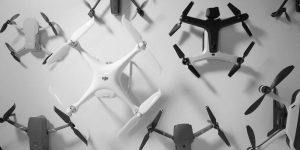


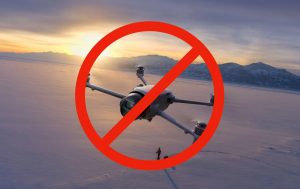
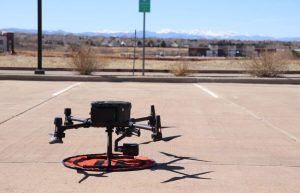

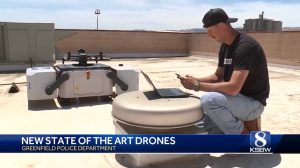
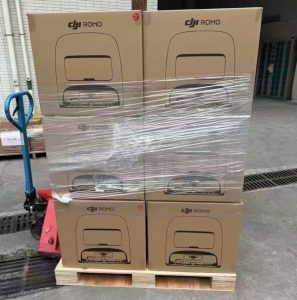

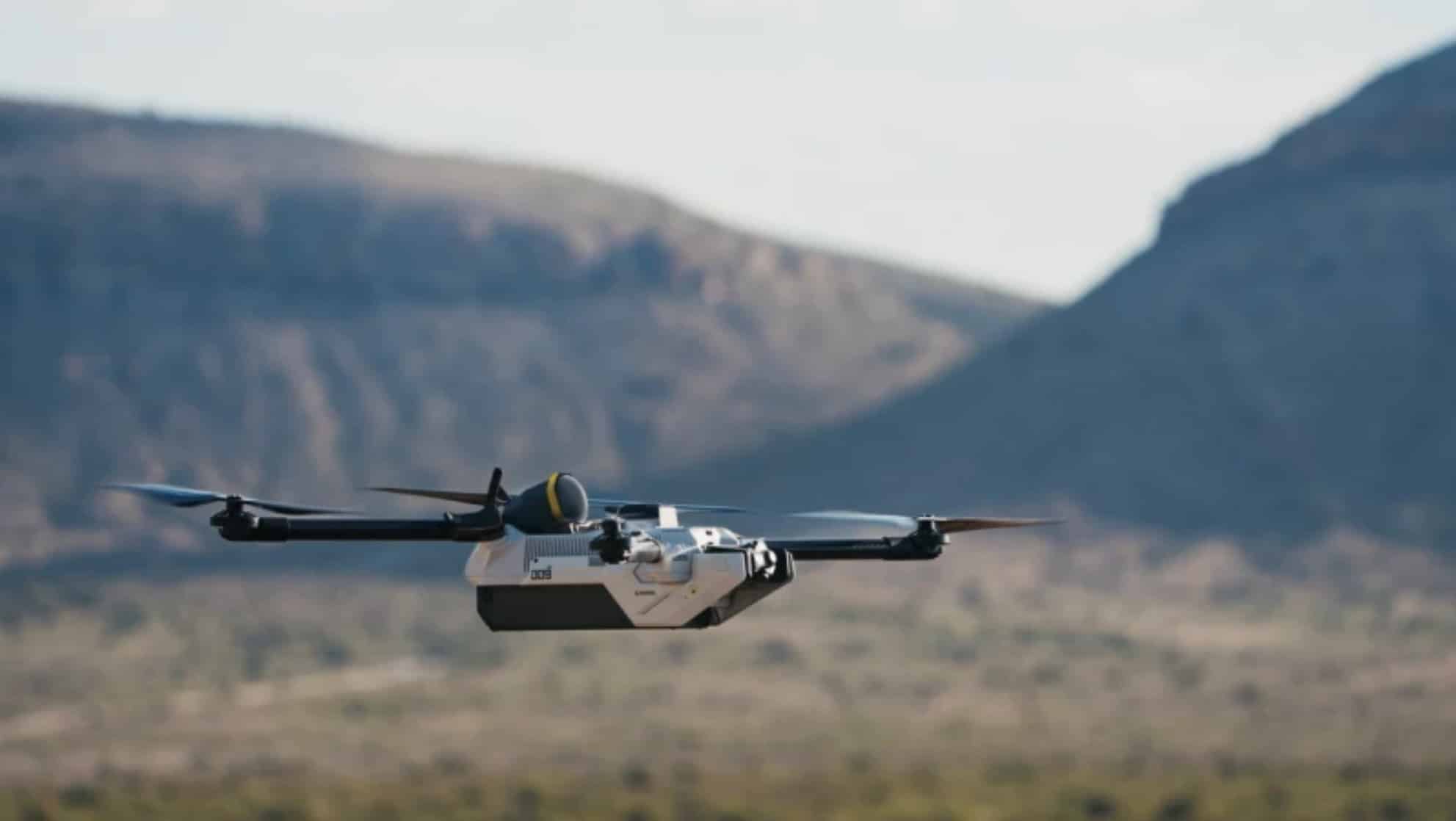

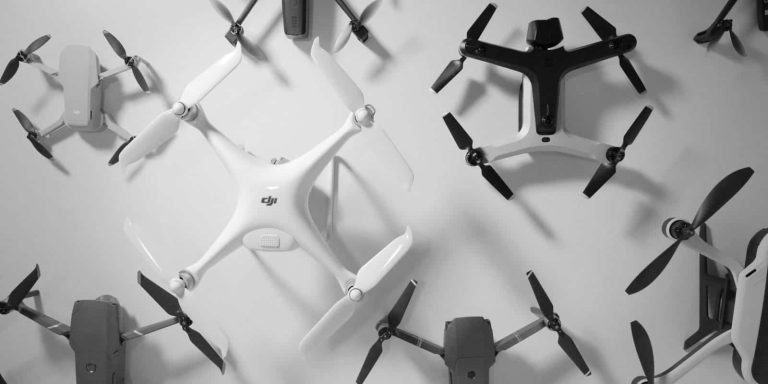



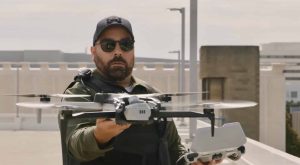
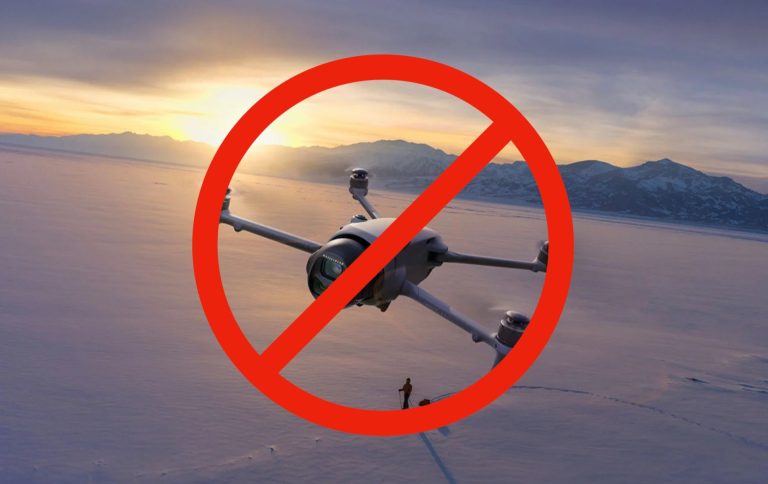
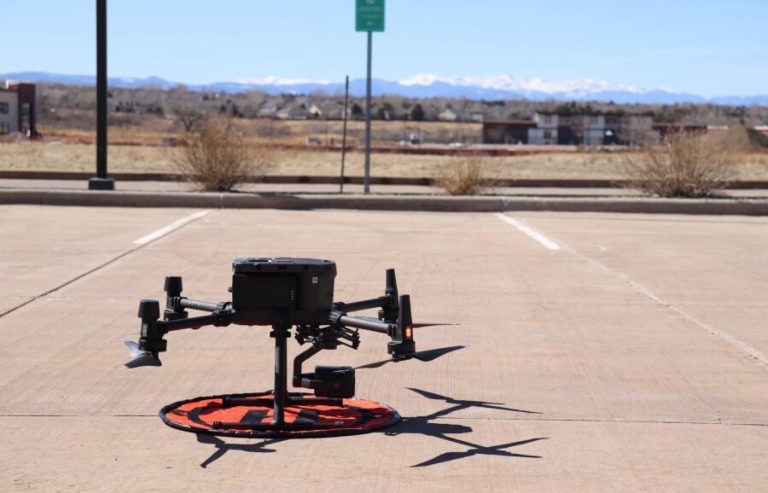
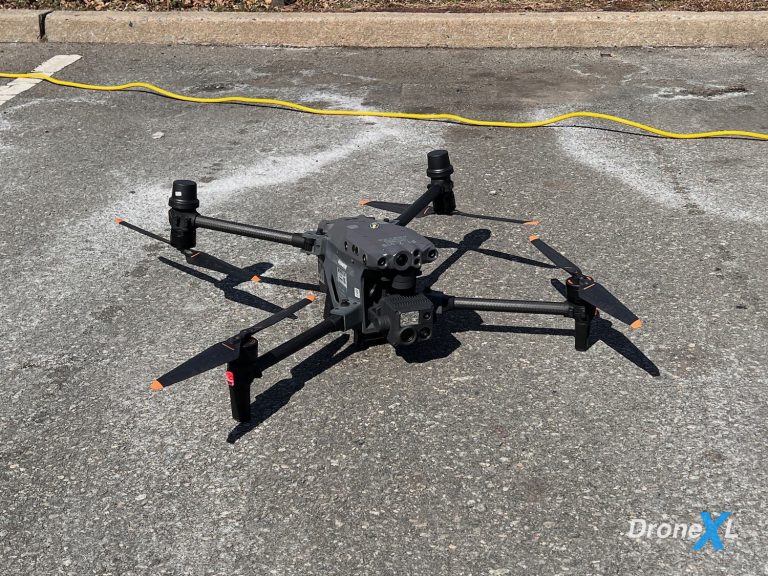

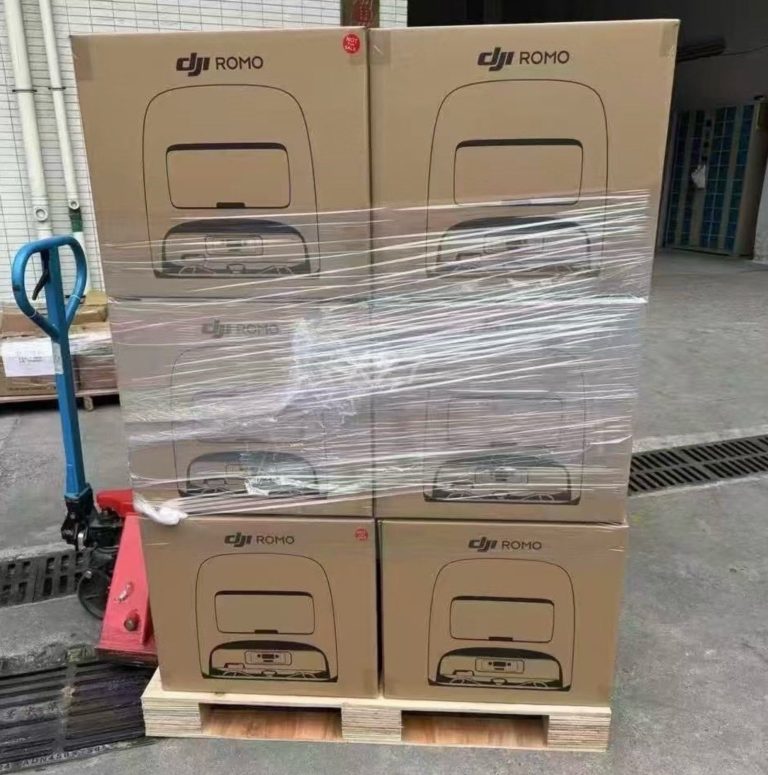
+ There are no comments
Add yours